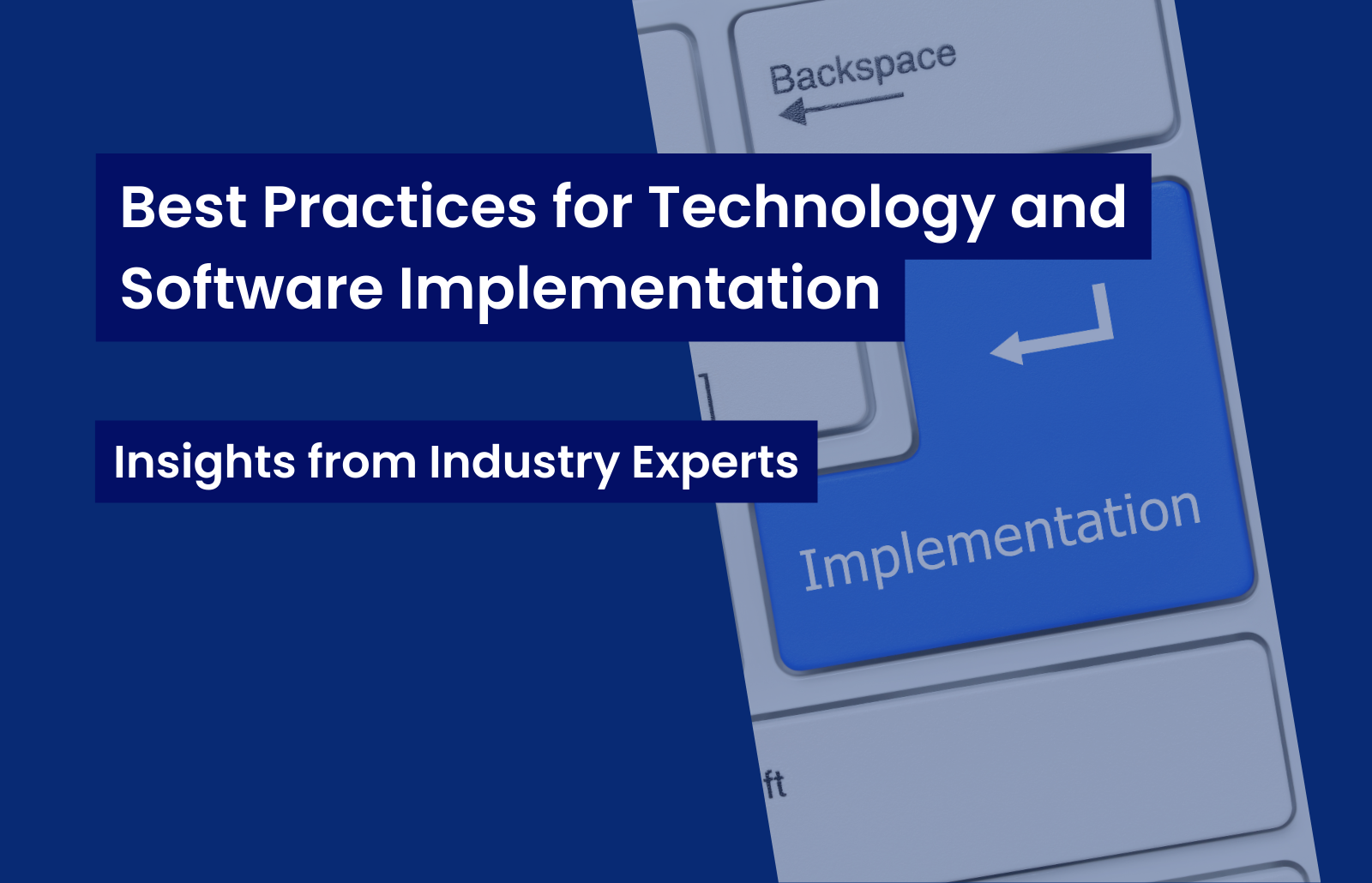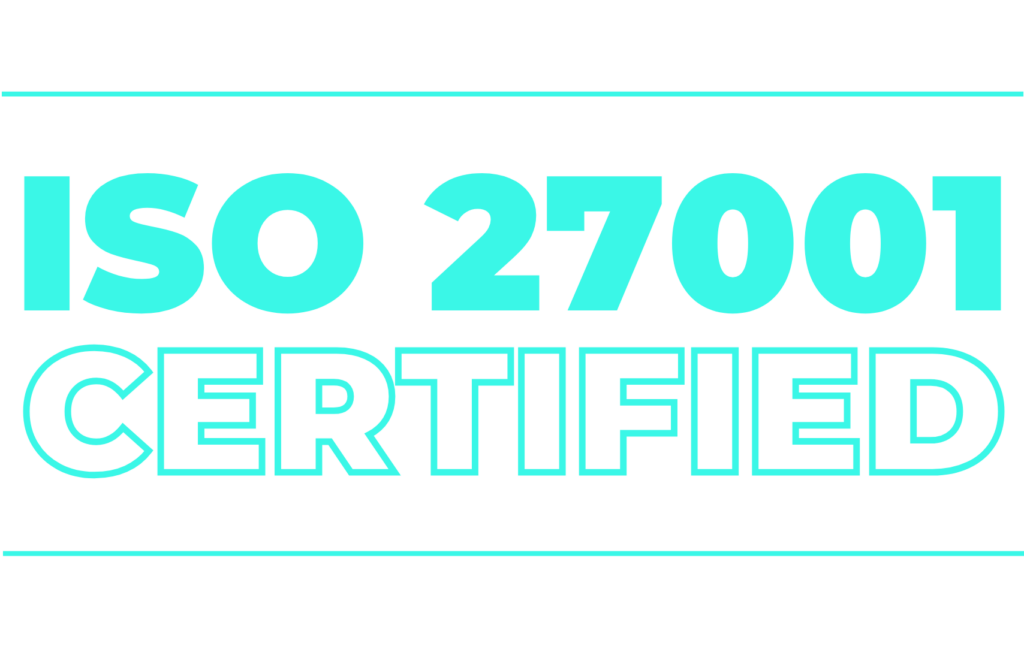Organisations encounter substantial difficulties while developing successful strategies to keep up with rapid technological advancements across different sectors. Technology implementation best practices provide foundational guidance which helps businesses manage digital transformation challenges including strategic planning and the promotion of collaborative work environments. Businesses need to thoroughly understand these practices to align their technological initiatives with strategic goals. Recent statistics and case studies show that organisations lacking a strong grasp of best practices find it challenging to reach their digital goals.
The article investigates essential elements needed for technology implementation success by examining real-world applications and stressing the necessity of tailoring strategies to suit distinct industry requirements.
Best Practices in Technology Implementation
Successful project outcomes across different sectors depend on employing optimal implementation approaches. These established practices include multiple proven guidelines and methods such as detailed planning, stakeholder participation and regular testing cycles. Conducting a thorough needs assessment before choosing custom technology and software solutions is crucial because it aligns with business objectives and supports specific technical strategies that enable scalable and sustainable development in custom software and technology solutions.
The implementation process experiences substantial improvement when companies nurture a collaborative environment between their teams. A collaborative environment facilitates knowledge exchange and promotes innovation which together drive necessary adaptation to the fast-changing tech world and solve frequent team dynamic issues.
According to statistics, only 35% of businesses worldwide reached their digital transformation targets in 2021 which demonstrates the importance of deploying best practices for handling project complexity.
The case study “Technology-Based Interventions for Older Adults” demonstrates how custom-designed tools are essential for addressing varied user needs. A randomised controlled trial conducted this study used an 8-week social engagement intervention through a video platform called OneClick. The findings highlighted essential best practices and guidelines for technology-based intervention implementation while stressing the importance of addressing user needs and providing adaptable training along with strong support systems.
Organisations seeking to improve their initiatives’ design and effectiveness find these insights extremely valuable.
New technology and software require beta testing as an essential process to detect usability problems and guarantee quality before their official launch. Through this approach organizations can reduce potential risks while simultaneously boosting user satisfaction as they tackle challenges during the development phase.
The observation from KPMG that technology and software investments generate more than 10% profit growth underscores the vital role strategic implementation plays. Organisations gain project success through stakeholder prioritization and guideline adherence which leads to growth and improved operational efficiency. A combination of Zartis’s industry-specific expertise and its team of seasoned developers strengthens the validity of best practices while delivering tailored solutions that meet clients’ unique needs and establish paths for long-term growth.
Aligning Technology with Business Objectives
Tools become effective when approaches are aligned with overarching business goals. Organisations need to create specific goals for their projects which target either operational efficiency enhancement, customer experience improvement or innovation development. The alignment between business strategies and technology plans turns out to be essential because research demonstrates that merely 51% of organizations have managed this integration successfully which reveals a major area that needs improvement.
The implementation process requires continuous evaluation of objectives to maintain team focus and adaptability to changing situations. A FinTech firm may implement a new payment system that accelerates transaction processing to achieve its goal of improving customer satisfaction and retention. The strategy boosts operational effectiveness while matching the current trend in which 72% of CEOs claim to have prepared ambitious digital investment strategies which demonstrate the critical need for strategic alignment in these projects. According to 81% of business leaders investments in digital transformation technologies and software solutions are essential to achieve organizational success which highlights why these solutions must fit with business objectives.
The implementation of AI agents creates operational efficiency but also presents execution challenges that need to be managed. Companies should carefully address potential obstacles in order to maintain alignment between their technology strategies and business objectives. John Hagel from the Centre for the Edge at Deloitte warns that businesses face increasing marginalisation if they delay action. Organisations must quickly establish technology objectives that align with business goals yet remain flexible to adapt to changes in technology particularly regarding custom software development and AI integration.
Navigating Challenges in Technology Management
Technology management in 2025 faces critical obstacles such as resistance to change alongside budget limitations and the difficulty of integrating new systems with existing legacy infrastructure. The fact that 86% of companies intend to adopt digital platforms and applications in their operations demonstrates the immediate requirement for robust management approaches. The possibility that Windows 11 incompatibility will turn 240 million PCs into e-waste highlights how organizations must take immediate action to manage these challenges.
Organisations need to start with precise business objectives identification to overcome these barriers which may include reducing response times or improving customer satisfaction through better self-service options. Business-specific strategic planning helps guarantee that implementations meet organizational requirements while improving customer experience. A phased implementation strategy helps organizations transition smoothly by enabling teams to learn new processes in stages which reduces operational disruptions.
Comprehensive staff training and support investments play a crucial role in reducing resistance to organizational change. Organisations that create a culture which accepts and understands new advancements create environments that foster innovation. A logistics company coping with integration difficulties might establish a trial program to test new solutions in a regulated setting prior to full-scale implementation.
This strategy both reduces risks and delivers important information about upcoming challenges and user feedback.
Research demonstrates that digital transformation investments are deemed essential by 81% of business leaders when it comes to achieving organisational success. Organizations need to make these initiatives their main focus even when facing financial limitations. Dawn Sizer from 3rd Element Consulting points out that businesses need to identify major cybersecurity risks because MSPs can turn these potential threats into sources of income.
Organisations that strategically allocate resources and focus on phased implementations can maintain effective project oversight while establishing themselves for sustained growth and competitive advantage in the evolving digital world. Organisations must adopt tailored technical solutions combined with AI-powered predictive analytics to manage technological and software challenges while predicting client needs and actively resolving issues before they arise. Zartis stresses how essential tailored strategies are for organizations to reach scalable and sustainable growth.
Prioritizing Security and Compliance in Software Solutions
Organisations like Zartis which hold ISO 27001 certification must prioritize security and compliance when implementing technology within today’s digital environment. We provide secure software development by helping with the following services:
- Regular security audits
- The implementation of encryption for sensitive data
- The organization maintains rigorous compliance with essential data protection laws including GDPR and HIPAA regulations.
The software development lifecycle should begin with a security-first mindset that integrates strong security protocols from the start.
Medtech companies responsible for creating new health applications need to manage patient data carefully to maintain secure practices and meet healthcare industry standards. Failing to observe this responsibility exposes organizations to intense legal repercussions and diminishes their credibility with users. A cybersecurity survey showed that 52% of users who clicked on phishing links thought they were sent by upper management which points to the urgent need for better cybersecurity education.
A majority of working adults at 71% admit to practicing cybersecurity-compromising actions like password reuse. The data presented demonstrates that organizations need to develop a security-conscious culture and put into practice effective training programs to reduce the threat of social engineering attacks.
The case study “Strengthening Cybersecurity Awareness” shows that evolving hacker strategies create an urgent need for stronger cybersecurity education and awareness. Organisations that prioritize awareness culture development alongside training programme implementation achieve significant reductions in social engineering attack risks while strengthening their cybersecurity frameworks. Organizations downloaded 2.1 billion open-source software components with known vulnerabilities in 2023 because their consumption practices failed to incorporate available secure versions. This statistical data underscores the necessity of adopting security-first strategies when implementing technology.
Organisations such as Zartis can improve their cybersecurity defenses and protect sensitive data in sectors like Fintech, Medtech, and Cleantech by embedding security protocols into technology initiatives while keeping compliance as a priority. The near 1.9 million global phishing attacks from the previous year underscore the paramount importance of proactive security measures. When medtech sectors prioritize security it protects data and builds user trust which leads to growth and innovation.
Leveraging Team Augmentation for Enhanced Development
Organisations now view team augmentation as a crucial method to improve development abilities without making permanent hiring commitments. Businesses that incorporate specialized talent for temporary periods can rapidly respond to changing project requirements while filling present skill shortages. Zartis has successfully partnered with various clients such as Kaluza and CarTrawler to recruit top engineers and establish productive teams in locations like Madrid.
Businesses utilize technology and software solutions to access top-tier talent pools which enables them to maintain workforce quality alongside operational flexibility.
Workforce augmentation provides multiple benefits aside from enabling companies to find skilled professionals. Organizations implementing this strategy achieved up to 35% productivity gains through skill diversification and new perspectives which boosted project adaptability and operational efficiency. Enhanced groups bring established workflows and management practices that match organisational goals which leads to higher project success rates.
Several essential elements determine the effectiveness of augmented groups integration.
- Clear communication
- Well-defined roles
- The use of collaborative tools
The implementation of specific elements guarantees that augmented teams blend smoothly with current staff, creating a unified work environment.
The profiles of ideal candidates that startups provide to staffing agencies often lead to temporary hires who may not align with their organisational culture. Staff augmentation facilitates comprehensive evaluation of technology development teams to ensure compliance with both cultural standards and technical necessities.
Experts emphasize workforce augmentation as a critical factor for achieving project success. According to Andrew Amann, CEO of NineTwoThree Studio, staff augmentation provides access to a large talent pool when required. Entities maintain development process flexibility by effectively applying talent resources through technology and software solutions.
The strategy delivers immediate project improvements and enables companies to achieve long-term growth as they employ technology and software tools in a competitive environment. Zartis demonstrates the actual benefits of augmentation through their collaboration with clients like FINEOS to fulfill unique project needs. The changing tech industry requires businesses seeking innovation and success to implement team augmentation strategies.
Contact us to discover how our software outsourcing and consulting services will accelerate your business growth.
Embracing Continuous Improvement and Modernization
Organisations striving for competitiveness in today’s fast-changing technology environment need to adopt continuous improvement and modernisation practices. The current process involves evaluating and improving technological systems along with software operations and methods to boost both efficiency and effectiveness. Organisations that adopt Agile or Lean methodologies create a continuous improvement culture which enables teams to explore new approaches and refine their work processes through learning and iteration.
Firms within the cleantech industry have the ability to set up periodic feedback cycles that improve their software offerings. This method simultaneously guarantees product alignment with changing user needs and assists businesses in meeting new environmental regulatory requirements. Industry expert Petroc Taylor states that Generative AI leads digital transformation initiatives yet remains largely unadopted by global organisations.
Modernisation strategies should embrace cutting-edge innovations to improve efficiency and speed up product delivery by incorporating AI-driven code generation tools. GitHub Copilot users can complete their tasks 55% faster than developers who do not use it which shows how effective the tool really is.
The World Economic Forum predicts that 50% of employees will need substantial reskilling by 2025 to succeed in a job market with rising digital skills requirements. The need to develop a workforce proficient in current technologies and methods stands out as crucial. Businesses gain competitive advantages through modernization strategies which integrate technology and software as shown by Dan Negrea and HyperSense Software whose agile digital transformation enhanced operational efficiency and growth.
Organisation-wide digital transformation through technology and software investments strengthens market competitiveness while building future resilience. Agile methodologies have proven to be successful in software development because they enable teams to quickly respond to changes while delivering superior products. Tech companies can improve their modernisation initiatives by using AI tools like GitHub Copilot to reduce development time while improving consistency.
Tech showcases provide valuable insights that help organisations develop best practices for AI tools implementation while solving specific challenges. Prioritising modernisation along with continuous improvement allows tech companies to handle current challenges while positioning themselves for ongoing success within dynamic markets.
Industry-Specific Insights: Tailoring Solutions for Success
Different industries face unique challenges which require solutions specifically designed for them. Financial regulations make compliance essential for companies operating in the FinTech sector. This regulation mandates organizations to establish strong security protocols as well as clear reporting frameworks to meet standardized requirements.
Data demonstrates that 72% of CEOs are actively seeking to expand digital investments which highlights the critical necessity for FinTech firms to develop innovative solutions without compromising regulatory compliance.
The edtech industry prioritises user interaction and accessibility enhancements for better learning experiences. Educational outcomes can improve significantly when solutions are customised to meet specific needs. For instance, a logistics business might implement a real-time tracking mechanism which merges smoothly with their operational processes to boost both efficiency and customer satisfaction. With technology and software industry expecting a 14% growth rate each year tech providers turn to mergers and acquisitions to acquire innovative abilities which address enterprise needs that are constantly changing.
The trend highlights the need for technology and software solutions to evolve and solve specific industry challenges including multicloud infrastructures and sustainability reporting. Organisations that tailor solutions to the distinct needs of each sector can create immediate remedies and establish a foundation for enduring future growth.
Zartis merges workforce improvement with technology consulting while implementing hybrid team augmentation models that merge internal control with outsourced growth capacity. This approach helps businesses manage complex situations while maintaining their competitive edge in a fast-paced environment.
Success Stories: Real-World Applications of Best Practices
Entities which have successfully implemented best practices in technology and software operations reveal the considerable advantages these methods deliver. A medical technology firm that integrated security practices into every phase of its software development experienced fewer data breaches and solved compliance problems. Taking proactive steps enhanced user trust and strengthened stakeholder confidence.
Zartis specializes in technology and software development and consulting services and offers assistance to organizations seeking to establish robust and dependable frameworks through a security-first approach. Their development process improved and risk exposure decreased after Zartis applied its security compliance expertise to our medtech company operations.
A fintech startup achieved a remarkable 30% boost in customer retention after launching a new mobile banking application which was created through strategic alignment between tech initiatives and business goals. These examples highlight why system implementation best practices are vital and explain how such approaches achieve positive results across different sectors.
Through our joint venture in the cleantech sector with Kaluza, we enhanced their platform with specialized engineers who focus on cloud operations and microservices. This partnership demonstrates how customised solutions lead to business expansion and operational efficiency. The engineers from Zartis have played a crucial role in Kaluza’s platform achievements which helped us to advance quickly within the energy sector.
Organisations are starting to understand their need for robust technology and software frameworks because approximately 4 million digitally enabled roles are expected to expand, specifically in e-commerce and digital transformation sectors to handle economic uncertainties and regulatory challenges. Organisations have evolved their culture to embrace innovation because 38% of executives report obtaining senior leader support for new innovations today which shows significant growth from the 10% recorded in 2022.
The expanding focus on digital investment strategies demonstrates how optimal technology and software methods improve implementation processes which leads to stronger market resilience and competitiveness.
Thales Dis’s CloudHealth implementation demonstrates how FinOps strategies can centralize cloud cost management for significant cost savings and improved operational efficiency. These examples validate Zartis’s proficiency in technology/software consulting and team augmentation and establish the company as an essential partner for organizations seeking success in today’s fast-changing environment.
Conclusion
The study of best practices during technology implementation reveals a clear roadmap for organizations targeting successful results in today’s changing digital arena. Technology initiatives require meticulous planning and stakeholder engagement while maintaining a security-first mindset to ensure they meet overarching business objectives. The Medtech and Fintech sectors provide real-world case studies which showcase how implementing best practices leads to concrete advantages such as increased user trust and better customer retention rates.
The importance of tailoring technology solutions to address industrial-specific challenges remains paramount. Organisations that adopt continuous improvement practices alongside team augmentation achieve greater operational efficiency and build an innovation culture essential for sustained competitive advantage. Organisations must urgently prioritize digital transformation based on statistics showing that most business leaders recognize technology investments as essential for success.
Organisations that implement technology based on best practices through a strategic approach can effectively tackle challenges and exploit opportunities in a complicated digital landscape. Businesses achieve sustainable growth and resilience against future challenges by investing in collaboration and security while continually updating their technology systems. Successful technology implementation represents an all-encompassing strategy which will define the future trajectory of organisations in every industry.


